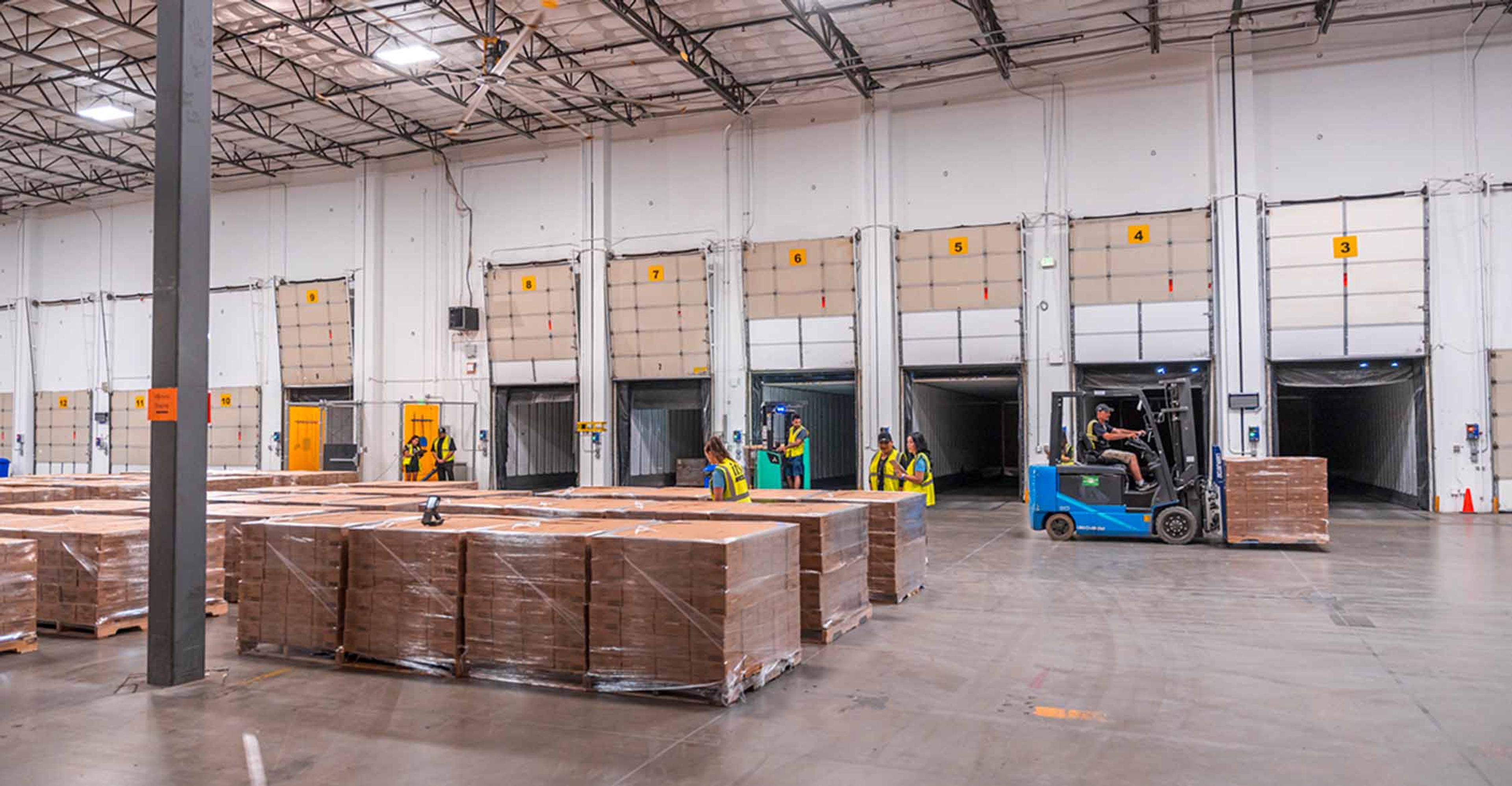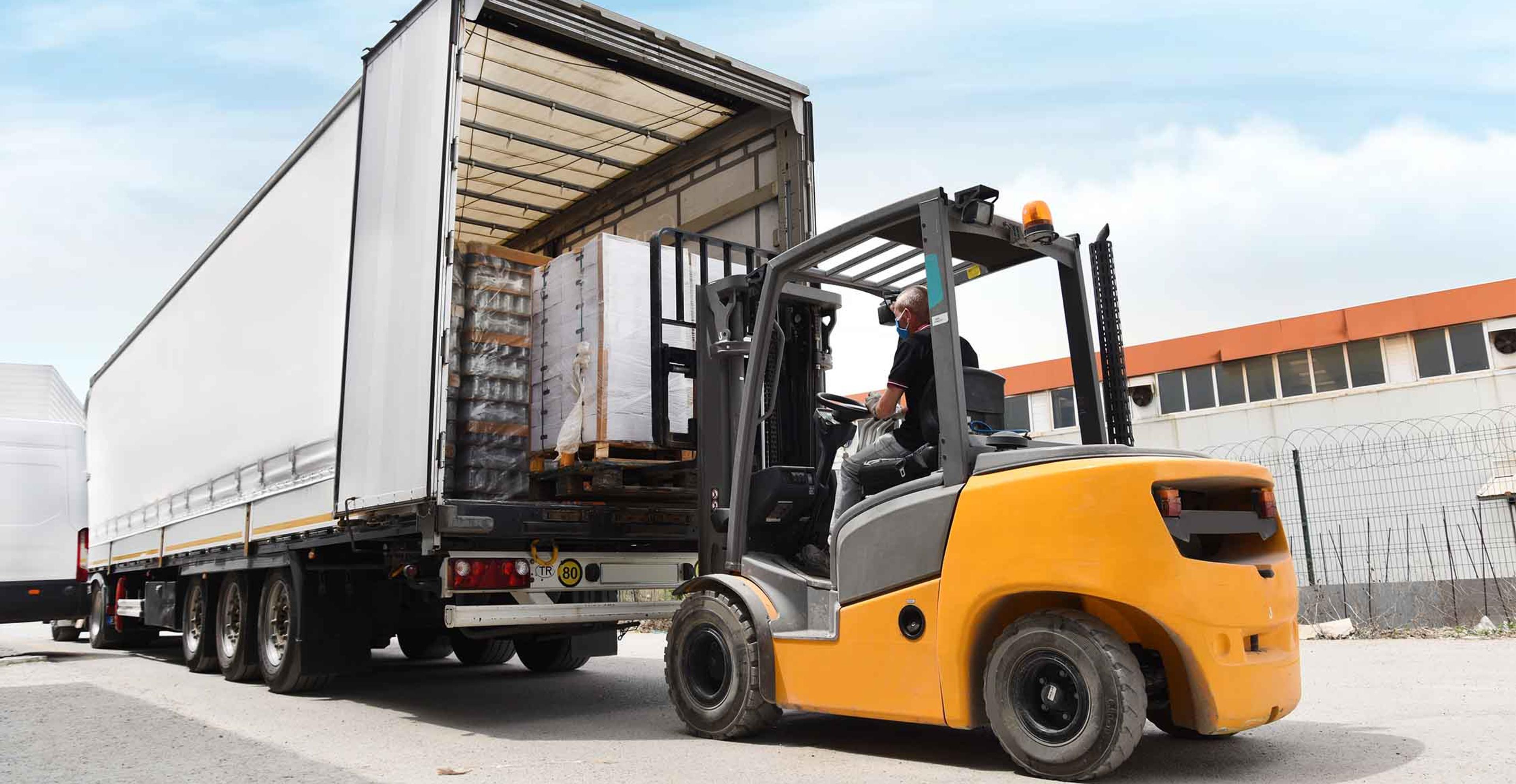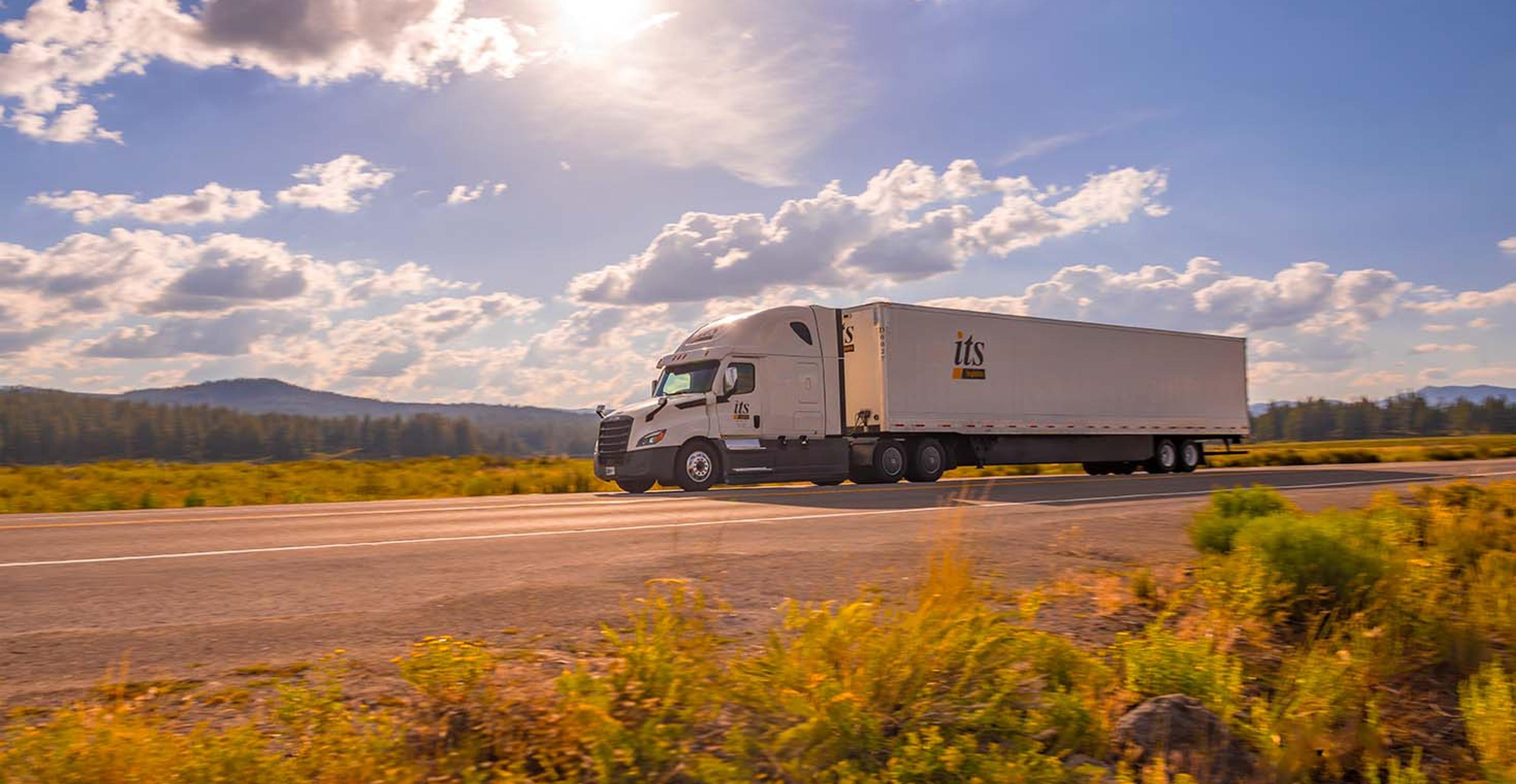What is LTL freight? A comprehensive guide to less-than-truckload shipping

How do you ship your freight when it isn’t enough to fill a truck, but it’s too big for parcel shipping? You use LTL – or Less Than Truckload – shipping. With LTL freight shipping, your freight is matched with that of other customers based on volume, destination, and budget, and it’s placed on a route that gets everyone their freight as efficiently and cost effectively as possible. This allows you to share the cost of the trip with other customers whose needs best line up with yours.
Once you know that your freight is too heavy or requires special handling beyond what’s available in parcel shipping, you must determine whether your best choice is to select LTL or to build a full truckload (FTL) shipment. LTL comes with pros and cons—it isn’t automatically the best choice for every shipping situation. The right fit is going to vary based on your shipping needs.
Less-than-truckload (LTL) vs full-truckload (FTL) shipping
A number of factors separate LTL from FTL shipping.
Less Than Truckload (LTL)
- ~150-15,000 pounds.
- 1-10 pallets.
- More handling – because your freight is commingled with other clients’ freight, it will be handled up to five times more during the process.
- Smaller market - fewer LTL carriers are available.
- Slower – your freight’s journey will take longer because other clients’ stops must be taken into account.
- Cheaper – you share the shipping costs with other customers.
- More sustainable, because sharing a truck with other shippers means less trucks on the road.
Full Truckload (FTL)
- >15,000 pounds.
- 10+ pallets.
- Less handling – because the entire truckload consists of your freight, you minimize stops and handling.
- Larger market - more FTL freight carriers are available.
- Faster – an FTL shipment will only make stops specified by your company.
- More expensive – you pay the costs for the entire truck.
The pros of LTL shipping
LTL offers a number of benefits:
- If you tend to have shipments that are too small for FTL, you can keep them moving faster by using LTL rather than delaying until you have enough shipments, going to the same area, to fill a truck.
- Most LTL shipments are palletized before they’re loaded, adding protection for your goods.
- Because you’re combining your LTL load shipments with other orders, you help minimize the number of partially empty trucks on the road, reducing fuel consumption and carbon footprint.
The cons of LTL shipping
LTL does come with its tradeoffs. Cons for this type of shipping include:
- It’s slower than FTL due to other stops that must be made for other shippers with goods on the truck.
- These stops for other clients also run the risk of unforeseen delays, making your final delivery time less predictable. This makes planning around LTL shipments more difficult.
- LTL can be harder on fragile freight. Your goods can experience as many as 5 times more touchpoints as other clients’ freight is onloaded/offloaded, increasing the risk for loss or damage.
LTL shipping rates
In recent years, LTL shipping rates have been steadily rising and are forecast to increase by an additional 4% in 2024. A number of factors have contributed to this:
- Several large LTL providers have left the market due to bankruptcy, reducing an already tight capacity for this service. Notably, in 2023, nationwide LTL carrier Yellow shut down, leaving behind a staggering 10% of the market share for other providers to attempt to make up.
- While LTL providers have been disappearing, demand for the service has been increasing, fueling the rising prices even further.
- Driver shortages across the trucking industry have led to rising pay rates, a cost that must be passed on to the customer.
LTL freight rates continued to rise fast in the early part of 2024, with a 3.4% YoY increase in February and 5.2% YoY in March. Experts predict ongoing cost increases into 2025, with rates estimated to rise another 5-7%.
Despite these price increases, LTL remains a more economical option than FTL overall, triggering ongoing demand for the service. By employing the right strategies, shippers can save on LTL costs, capturing the best pricing in what is already the most affordable shipping method.
Saving on LTL through pool distribution
One major strategy in reducing LTL shipping cost is to employ the pool distribution approach. Under this model, you pack multiple smaller shipments of cargo destined for the same region as a full truckload shipment and ship to a regional hub. Once the truck arrives, the load is broken down, and shipments are consolidated based on final destination. Goods are then loaded onto local delivery trucks for individual delivery to final destination.
This means that, for the longest portion of the haul, all goods remain packed and en route to the hub, minimizing the risk of loss or damage through touchpoints. Carriers can offer better rates because they’re making fewer stops, and shippers can expect fewer delays, as everything is going straight to the distribution hub for sorting/consolidation and final delivery. You can capture as much as 15-30% on total LTL costs by using pool distribution.
Pooling also helps make your LTL ship times more reliable, as it cuts down on touchpoints so significantly. You essentially capture the benefits of FTL shipping by combining your various LTL shipments for a region and shipping them together.
When to choose shipping LTL over FTL
You’ll often find that LTL is a better choice than FTL when these factors are in play:
- You can be flexible on delivery timing. If you have the luxury of shipping freight without needing to worry about a hard delivery date/time, make sure you look into LTL options. Your patience will pay off in the form of lower rates.
- You have limited storage space. If large shipments are a challenge for your business to ship or to receive, LTL is more likely to be your go-to option. By sending smaller, more frequent shipments, you can minimize the space that you need to maintain for storage.
LTL frequently asked questions
What are LTL accessorial fees?
Accessorials are charges added to a shipper’s invoice for additional services necessary to complete the delivery. They can be applied for activities such as: limited access deliveries, residential deliveries, liftgate services, and reweighing, as well as fuel surcharges. While some accessorials may occur due to unexpected challenges, typically, most can be predicted and budgeted for in order to help keep shipping cost forecasts accurate.
How do I track an LTL shipment?
Many carriers provide milestone updates during the course of the delivery. Large 3PLs with robust Transportation Management Systems (TMS) will typically provide a single central interface for a business to track delivery updates from a variety of carriers. A TMS will typically offer a variety of options for push notifications to make the update process automatic.
What sets an LTL shipper apart from the pack?
Your LTL partner should have the size, experience, and relationships to get you the capacity you need, when you need it. Communication is vital; LTL shipping always involves more touches and thus more opportunities for the unexpected to arise, so it’s important to have access to updates from team members who take responsibility and are empowered to take action on your behalf. Make sure to ask for details on your prospective LTL partner’s performance history in order to best gauge their strengths and how well they fit your organization’s requirements.
Get the most value out of your LTL Shipments with ITS Logistics
With so many factors going into choosing the optimal LTL service, you need a strong LTL services partner. Optimization is key: if your partner can correctly analyze your shipping needs, they can help you choose the right level of LTL services for your freight and only pay for the service you actually need, without sacrificing in terms of speed or handling. ITS has decades of experience providing creative solutions to help you get the most out of your distribution strategy.
Our approach to LTL transportation helps you meet your cost and service goals by matching your shipping volume, destination zones, and budget with the optimal combination of national, regional, and niche carriers in our network. Our team manages every aspect of the process, so you don’t have to—providing you with a single, reliable touchpoint for your LTL shipments.
Reach out to learn more about ITS Logistics and find a creative logistics solution to save on your LTL shipments
Meet Jameson Goforth, Vice President of Final Mile
With over 17 years of LTL experience, Jameson Goforth specializes in helping companies of every size maximize efficiency and value in their supply chain. Take the conversation further by messaging him at LTL@its4logistics.com and learn more about how our team can help improve your LTL.


